The television industry is one of the fastest growing. It has always been like this: once the world imperceptibly switched from black-and-white screens to color ones.
Then - from the big CRT screens to tiny "flat".
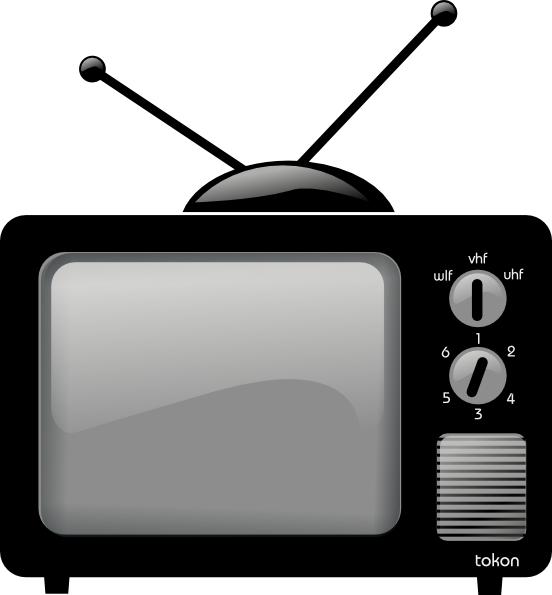
What are the main trends of today? How to choose a TV that within a reasonable time does not become obsolete morally and technically? There are, of course, exclusively subjective criteria. Well, for example. What diagonal to choose a TV? It all depends on the preferences of the buyer.
Where to place the device, how to choose a bracket for the TV, or what is the most convenient way to place the TV on a stand? All these issues, of course, are relevant, but each owner will have to solve them individually. Because the taste and color of a friend, as you know, no. We will try to consider the technological aspect of the purchase of equipment.
TV: Plasma, LCD or LED?
The most modern display manufacturing technologies that are used by the electronics industry in the television production segment are LCD (their operating principle is based on the physics of liquid crystals), LED (in addition to liquid crystals, special LEDs are also used) and plasma (work using gas discharge elements ) Displays constructed using these three technologies are gradually replacing traditional CRTs (cathode ray tubes). How to choose a TV based on the pros and cons of each of them?
LCD and LED displays are primarily united by compactness (“flat screen”). Also, these technologies are characterized by lower energy consumption compared to CRT monitors. Discussions are underway regarding image quality in an expert environment. Some experts emphasize that LCD TVs are characterized by a fairly low level of contrast, there is a distortion effect when viewing the screen from different angles. LED devices for the most part do not have such disadvantages.
LED TVs are divided into two sub-segments, depending on the type of backlight. The most common today are Direct and Edge. The first type of backlight is characterized by the location of the diodes directly below the matrix of the monitor. The picture, thanks to this solution, turns out to be clear, bright and saturated. But such devices are much more expensive than their counterparts, which use Edge technology, in which the LEDs are not located under the matrix, but along its perimeter. In addition to low cost, this technique has another advantage - a small thickness (no more than three centimeters).
Among the disadvantages of LCD-TVs (especially for older models) is the presence of a “pause” between the signal on the screen and the actual projection of the image. This interval is called the “matrix response." When thinking about how to choose an LCD TV, keep this in mind. The technology used in the screens of LCD devices implies such a feature: when a current is applied to the matrix, the pixels begin to glow (produce a programmed color cast) not immediately, but after a certain period of time. The smaller it is, the image quality, especially in dynamics (when there is intense movement of the video), is higher.
Plasma televisions are devices in which gas flasks are used instead of liquid crystals and LEDs. Such devices are characterized by very high brightness and contrast. In terms of image quality, "plasma", as many experts believe, is significantly superior to LED and LCD TVs. However, it has a number of significant drawbacks. First of all, it is high power consumption.In addition, the technology features are such that screen “pixels” fade over time. In addition, the price of such devices is usually higher than that of LED and LCD-analogues with similar functions.
"And which TV is better to choose?" - the reader may ask. There is no definite answer. The buyer has to decide which is more important: picture quality, power consumption or device shelf life.
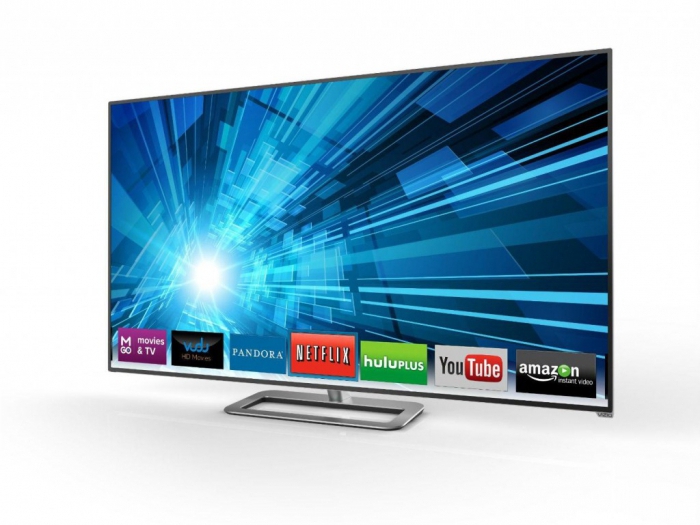
Projection TV: In-Room Mini Cinema
Among the innovative types of TVs are projection ones. They are designed like a movie theater when a color image is projected onto a white canvas. Their main advantage is the low price. Experts note, however, that such devices have the aforementioned problem associated with burnout of pixels. In addition, the image for many users does not seem bright and unstable when viewing from different angles.
Laser TV: ideal at an immodest price
Another innovative type of TV is laser. Many experts consider them ideal in terms of picture quality and durability. There are no problems with fading pixels, their power consumption is low. However, the price is much higher than for LCD, LED, plasma and projection televisions.
Does the brand matter?
Having determined the criteria for choosing a modern TV in terms of display technology, the buyer will surely pay attention to who produced the TV. There is a version that almost all household appliances are assembled according to the same principles, similar or completely identical technologies. Sometimes devices differ only in the brand logo on the panel. There are opponents of this thesis who believe that the quality of the equipment is still highly dependent on the manufacturer. In support of this, they give figures on sales volumes, which clearly show that there are leaders and outsiders in the market. Which suggests that the quality of technology produced by those and others is different.
Which TV to choose - Japanese, Korean, European or Russian? This question is answered, of course, by the buyer himself. But consider the features of the market positioning of leading brands, of course, is worth it. This will help to form an idea of the viability and competitiveness of the manufacturer and give some clues as to which brand of television to choose.
Equal to SAMSUNG
In recent years, the Korean brand has been the leader in the Russian market in terms of TV sales (it accounts for about 30% of revenue in the segment).
The specificity of Samsung is that a significant part of the products is manufactured in Russia, at an electrical factory in the Kaluga Region. It is possible that some buyers of TV, thinking about how to choose a TV for the home, first of all pay attention to the country of manufacture of the equipment. The fact that the device was released in Russia can please patriotic citizens.

It is significant that in 2012, when many of the largest market players went at a minus turnover, Samsung sales in Russia increased by 12%. Marketers say that the brand has a competent marketing policy, and also pays great attention to the constant updating of the line of TV models. Some experts also emphasize the fact that Koreans have played one of the most important roles in promoting SmartTV technology on the Russian market, which is now rapidly gaining popularity.
PHILIPS breathes in the back
The Dutch brand Philips is the second by sales in Russia after Samsung (about 20% of the market). Like the Koreans, the European company opened its own production facilities in the Russian Federation - in Kaliningrad and in the village of Shushary (Leningrad Region).
Experts praise Philips for a wide range of models in a wide variety of price segments. Thus, everyone has the opportunity to buy a good and at the same time inexpensive TV.If the buyer is thinking about how to choose a TV diagonal, and at the same time he is interested in the acceptable cost of the device, he may need to pay attention to offers from the Dutch.
By the way, one of the samples of their equipment has earned the title of the best 3D TV in Europe in 2011-2012. However, it is worth noting that the global marketing strategy of the brand was not very successful. Due to large losses, the concern sold the bulk of the shares of TPV Technology (Hong Kong).
TOSHIBA: honorary bronze
The share of the Japanese brand TOSHIBA in Russia is about 12%. Experts explain the success of the company by the fact that the TVs it produces are usually very easy to learn, it takes a little time to set them up. Just like Philips, the company is ready to offer a Russian buyer a wide selection of models in a wide price range.
SONY: almost pedestal
In fourth place in Russia is the Japanese brand SONY (about 10% of the market). Experts explain the brand’s popularity in the Russian Federation by the fact that the company has established itself well in the first years of its appearance on the Russian market. Until now, the SONY brand has been associated with high quality among the residents of our country. True, as in the case of Philips, the situation at the global level for the Japanese company is not too good: over the past few years, according to analysts, the company has been steadily incurring losses.
Other famous brands
There are other major players in the TV sales segment. Many Russians decide to choose LG TV - this brand has about 9% of the market share in the Russian Federation.
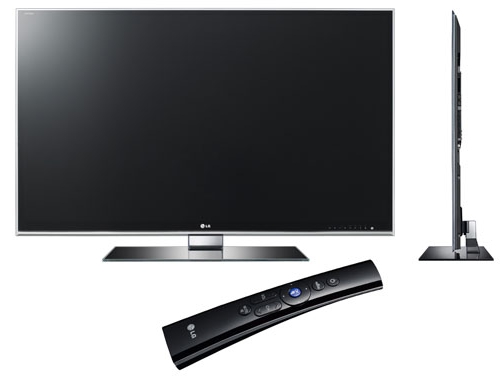
Significant positions are also held by Panasonic, which traditionally offers Russians interesting innovative solutions.
Top 10 Most Important Options
After we have decided on the display technology and brand, the question will arise: "How to choose a TV based on the need for certain functions?" Consider the 10 most important criteria for modern TV, which you can focus on when purchasing a device in a store. It is worth noting that they are universal for all types of devices popular today - LCD, LED, plasma. So, our task is to choose a TV according to the parameters that are most significant for the modern buyer.
1. Matrix Resolution
There are two main formats - HD Ready (considered lower level) and Full HD (more innovative). Experts note that choosing a matrix with Full HD (a TV supporting it, as a rule, is more expensive) does not make sense, if the device’s screen is small, it’ll be difficult to see small details. To see how good a picture is in HD modes, it makes sense to choose a 32-inch TV at least.
2. Support HDTV and UDTV standards
HDTV stands for High Definition Television. This is an innovative standard that allows you to get very high image quality due to the most efficient use of high resolution devices in combination with digital data transfer technologies. Also, the HDTV standard allows you to achieve the highest sound quality (due to multi-channel playback of the audio stream). The typical format of an HDTV screen is 16x9. In the process of further improving the technology, the UDTV standard appeared, which stands for "ultra-high definition television."
3. Screen Resolution
Resolution is a parameter that determines the number of dots (pixels) per unit area. The more of them, the brighter, sharper, richer the picture. Resolution, as a rule, is indicated in units of vertical (for example, 1080 p or 720 p, where p are pixels, pixels), but the number of points forming their image is also indicated almost equally often horizontally. For example: resolution 1920x1080. TVs with support for Full HD, as a rule, have an indicator of at least 1080 p.
4. Contrast
The higher the contrast of the device, the higher the image quality. This parameter is the ratio of the maximum brightness level of the monitor to the minimum.Contrast is one of the most important characteristics for LCD and plasma TVs.
5. Sound power
The higher this setting, the better the sound quality. Even if the nominal volume level of the TV is low, with significant power we have less distortion of the sound stream. That is, the question is not the loudness of the speakers (including the external ones being connected), but the level of technology of the sound subsystem of the device.
6. The presence of multimedia connectors: HDMI, SCART, VGA D-sub, USB
If the TV has an HDMI interface connector, this will greatly expand the functionality of the device. This technology allows you to transmit video and audio signals in digital format. Using HDMI technology, you can, for example, synchronize a TV picture and a computer monitor image (or mobile devices).
SCART is an innovative interface, which is a switching connector that is compatible with a lot of multimedia standards - S-Video, composite video, stereo audio, etc. Using the SCART connector, you can not only send a signal to the TV, but also receive a digital data stream with the device itself (for example, to record video on a tape recorder or computer).
This interface is designed to transmit the video signal from the TV to other devices with minimal distortion. The VGA standard was first used in personal computers. Now it can be used to exchange information between many types of devices.
Another typical “computer” interface that has been introduced into the television industry is USB. Using this connector, you can connect flash drives, other drives, a large number of other devices to the TV.
7. 3D support
One of the most pronounced trends in the modern TV industry is 3D technology. They allow you to see the image displayed on the screen in three-dimensional projection, that is, in the form as close as possible to the real one. Watching three-dimensional films and clips is very exciting for people. Many now and then think about questions of such a plan: they say I have a 3D TV. How to choose a good movie to watch tonight? And forget about important pressing matters.
8. Support SmartTV technology
SmartTV is an attempt to “hybridize” TV and computer. If the TV supports this technology, it turns into a kind of PC (or, with a certain architecture of the platform, into a “big” smartphone, into which you can download various applications).
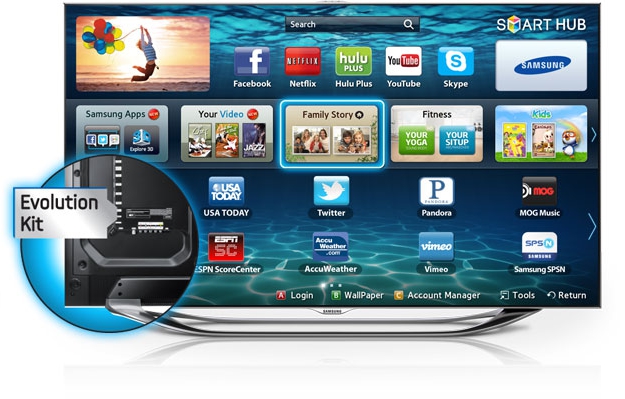
We noted above that the popularization of SmatTV technology in Russia is largely due to the marketing of the Korean company SAMSUNG. Therefore, if the question is “how to choose a smart TV”, then it may make sense to pay attention primarily to offers from this Asian brand. It can be assumed that, occupying about 40% of sales of smart TVs, SAMSUNG is able to supply Russian users with a wider range of capabilities - in particular, in terms of the number of specialized TV applications and their adaptation to the Russian market.
9. “Picture in Picture”
Before choosing a TV completely, having studied the specifics of displays, brand positions and having analyzed the necessary options, you should pay attention to a number of additional functions that are quite useful in many cases. Among them - support for the technology "picture in picture", in which the screen can be displayed not one, but two or more images from different sources. This allows you to watch multiple channels at the same time (or, for example, a specific program and DVD movie).
10. Child protection
Another useful feature is to protect the TV from children. Before you ask yourself how to choose the size of the TV, it makes sense to think about whether it turns out that on the big screen something will be shown that is not quite compatible with the age of the audience? And if so, maybe you should choose a device that allows you to restrict the display of unwanted images (for children, for example)?
Moreover, many modern TVs have such options. Using a special code (or a sequence of actions performed by the user), access to certain channels or functions of the device can be prohibited. So, for example, you can block channels of the category "adult".It is important not only how to choose the right TV, but also how to watch it correctly, from the point of view of the perception of TV images by different categories of viewers.
Choose a TV antenna
Despite the dominance of digital technologies that allow you to watch TV shows in unprecedented quality of video and sound, the use of traditional TV antennas is still relevant.
For residents of cottages and country houses, the solution to the task of installing a high-quality device for receiving a signal is much more important than the question of how to choose a good TV. What parameters should be taken into account so that the channels are well “caught”? Consider the characteristics that are applicable to devices for receiving any type of signal. Knowing the following features may come in handy for those who are interested in how to choose a room antenna for a TV.
1. Gain
The higher it is, the more likely it is to “catch” the signal, and the more clear the image will be. This parameter should not be confused with any values for a device called an “antenna amplifier”. In this case, we are talking about ordinary ("passive") room equipment. Gain is measured in decibels. A good indicator, experts call the value of 3 dB.
2. radiation pattern
Measured in degrees. This characteristic, according to experts, is one of the determining factors for indoor antennas. The range of the most common values is 40-80 degrees.
3. Interference immunity factor
Measured in decibels. The higher the ratio, the better the television picture. This parameter shows how big the difference in signal reception is between different parts of the device.
How to install a street antenna?
Having decided how to choose an antenna for the TV, in terms of key technical parameters, we systematically approach the following question: "Where to place the device?". If possible, take the equipment outside - this increases the likelihood of "catching" more TV channels than using an indoor antenna. Not to mention the quality of the picture - it is almost guaranteed to be higher.
Masters recommend paying attention to the following key nuances when installing outdoor antennas.
First, if possible, there should be direct visibility between the device and the TV tower.
Secondly, the antenna should be clearly fixed. It should not unfold and sway strongly from the wind.
Thirdly, the cable connecting the equipment and the TV must have a sufficiently large cross section (the best option is 8 millimeters). In this case, the signal from the device to the TV will pass with minimal distortion.
Fourth, if there is an amplifier, you need to put it on the antenna itself, and not in the room. Only in this case will its functionality be fully utilized.
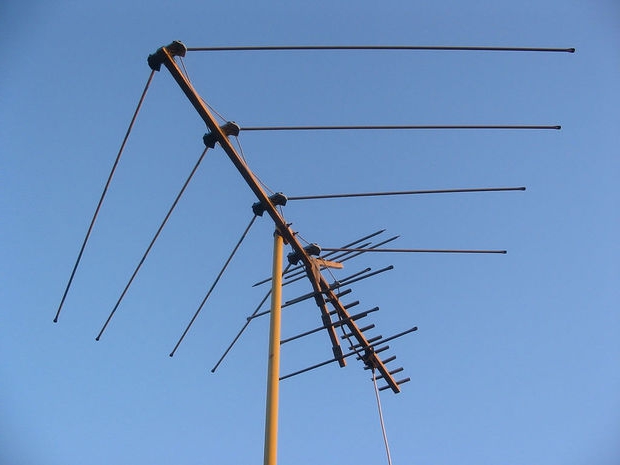
No matter how functional and technologically advanced modern digital TVs are, “how to choose a high-quality TV antenna” is quite a relevant issue. We hope you have received an exhaustive answer to it.
